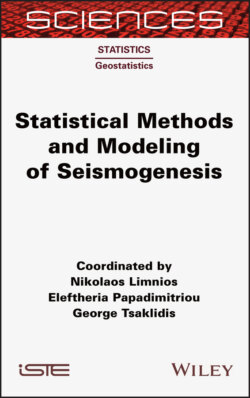Читать книгу Statistical Methods and Modeling of Seismogenesis - Eleftheria Papadimitriou - Страница 27
2.2.5. Other simulation codes
ОглавлениеBesides the above-mentioned simulation algorithms, other simulation codes have been published in the recent seismological literature. In order to test the preference between a characteristic earthquake hypothesis and a simpler time-independent hypothesis, Parsons and Geist (2009) applied a simple simulator-based model to paleoseismological records collected at Wrightwood on the San Andreas Fault and Wasatch fault segments. Their simulations were constrained by the slip rate values and were based on the Gutenberg–Richter magnitude distribution. They showed that the Gutenberg–Richter distribution can be used as an earthquake occurrence model on sub-segments of different size on individual faults in probabilistic earthquake forecasting. Another application of the same simulator was tried by Parsons et al. (2013) on the Nankai–Tonankai–Tokai subduction zones in Japan. They found that using convergence rate as a primary constraint allows the simulator to replicate much of the spatial distribution of observed segmented rupture rates along the Nankai–Tonankai–Tokai subduction zones, although rate differences between the two forecast methods were noted.
Barall and Tullis (2015) studied the performance of triangular fault elements in earthquake simulators, finding that, contrary to expectations, rectangles overall perform as well as or better than triangles when computing stresses on curved fault surfaces. They also found that one triangulation may perform significantly better than another triangulation.
Parsons et al. (2018) considered three different simulation algorithms to assess method and parameter dependence on magnitude frequency results for individual faults, in addition to the existing Uniform California Earthquake Rupture Forecast, version 3 efforts. Finally, Shaw (2019) improved the RSQSim algorithm with a new generalized hybrid loading method that combines the ability to drive faults at desired slip rates while loading with more regularized stressing rates, allowing faults to slip in a more natural way.
